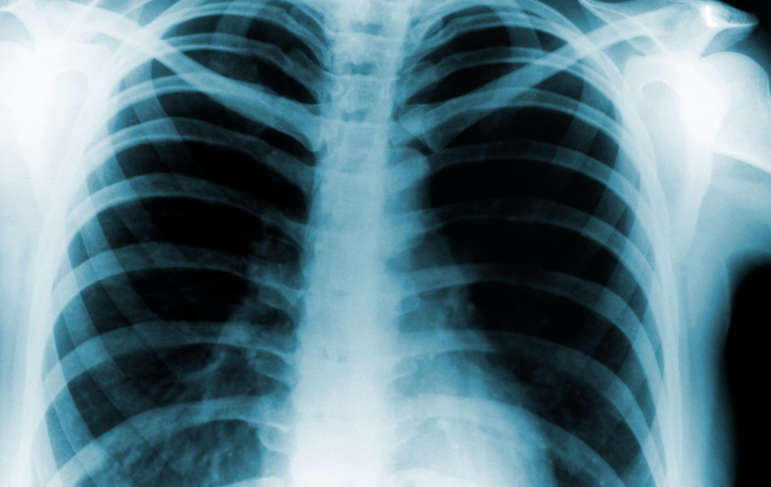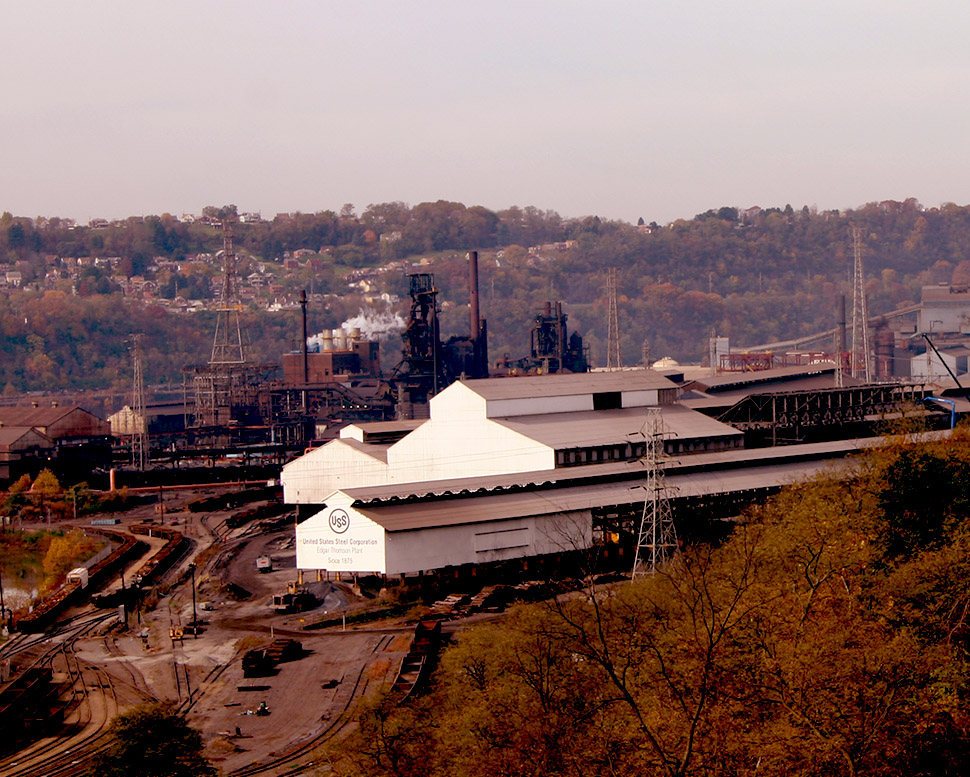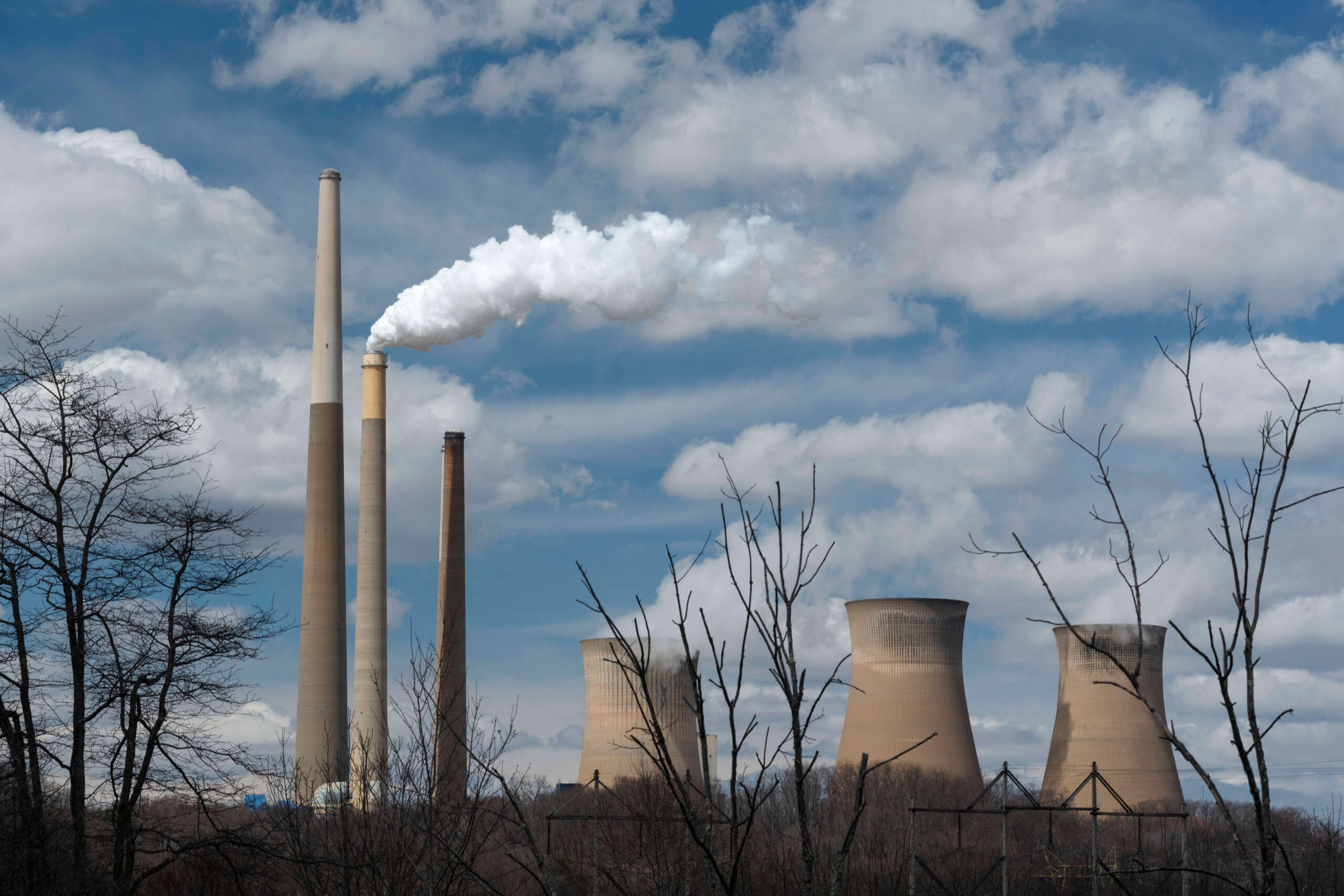Information About Lung Cancer for Lung Cancer Awareness Month
November is Lung Cancer Awareness Month. Lungs are complicated organs that are part of the respiratory system that help people breathe air and bring fresh oxygen into the body. They perform the crucial process of gas exchange where oxygen and carbon dioxide are switched for one another. Lungs are also important because they change air to the proper temperature and humidity level required by the body. The respiratory system also protects the body from harmful substances by coughing and sneezing, filtering incoming air, and swallowing harmful pathogens. The respiratory system also helps people’s sense of smell. Since the lungs are a part of a lot of crucial processes, lung cancer is a devastating diagnosis.
Lung cancer can be grouped into two main categories: small cell and non-small cell. Non-small cell lung cancer is composed of adenocarcinomas, squamous cell carcinomas, and large cell carcinomas. Adenocarcinomas are slow growing and usually start in the outside of the lungs. They are most commonly found in smokers, but they can also be found in nonsmokers. Squamous cell carcinomas grow faster and are usually found in the central part of the lungs. Unlike the other two types, large cell carcinomas can be found anywhere in the lungs and grow more quickly than them. Non-small cell lung cancers make up 80 to 85 percent of lung cancer diagnoses. Small cell lung cancer on the other hand begins in the bronchi and is a very fast spreading cancer. It is so fast it can kill someone in two weeks if untreated. It makes up 15 to 20 percent of lung cancers.
Smoking is the main cause of lung cancer, but it can also be caused by other substances. Smoking causes 80 percent of lung cancer deaths in women and 90 percent of lung cancer deaths in men. When men smoke, they are 23 times more likely to get lung cancer versus 13 times more likely for women. Smoking can also give non-smokers cancer. People who are exposed to secondhand smoke through their workplace or home have a 20 to 30 percent greater chance of developing lung cancer. Other causes of lung cancer include radon, asbestos, and outdoor air pollution. Those who work with asbestos are five times more likely to get lung cancer but people who worked with asbestos and smoked are about 100 times more likely to develop the disease. The number of cases can be broken down to 90 percent coming from smoking, 10 percent from radon, between 9 and 15 percent from occupational exposure, and one or two percent from air pollution. Since people can be exposed to multiple causes of lung cancer and they can interact, the total percentage when added up can be more than 100 percent.
If you were diagnosed with lung cancer you could be entitled to compensation, even if you smoked. A cause of lung cancer is asbestos, and people exposed to asbestos had no idea they were endangering their lives while working with it, even though their workplaces did. If you were exposed and now have lung cancer, contact us today to see what we can do for you. Fill out our contact form or call 412-471-3980.




